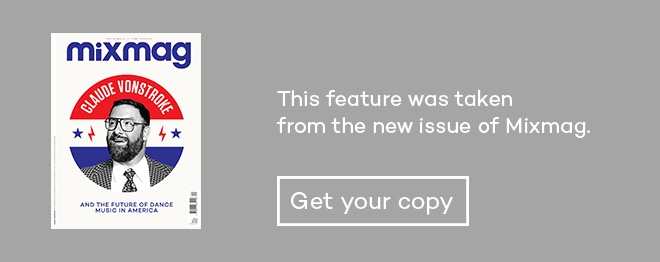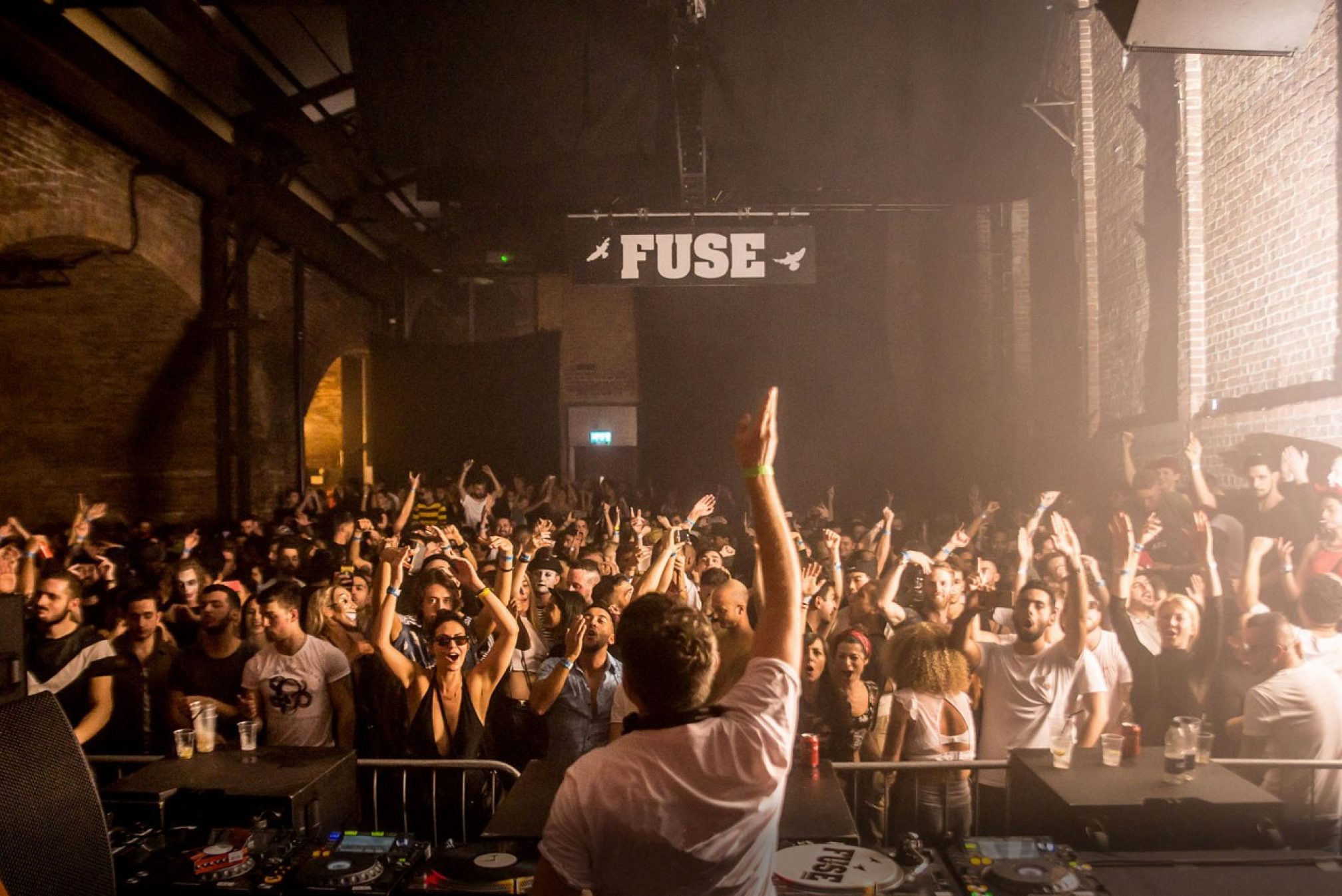 Scene reports
Scene reports
London's FUSE is a genuine community built on hard work and harder partying
FUSE is celebrating its 10th birthday in typically lively fashion
It’s a few minutes before 10am on Sunday November 23 2008; the unusual time of day and the brisk weather at Brick Lane in East London haven’t stopped a few hundred eager ravers from rolling up to 93 Feet East to carry on their weekend of debauchery. Inside the venue Enzo Siragusa is about to kick-start a chain of events that will lead to a decade of relentless parties, a world-renowned record label and an infamous London rave brand that has outlasted many of its peers.
Cousins Enzo Siragusa and Tony Cannatella are the masterminds behind Fuse, which celebrates its 10th anniversary this year. But both men have been rave fiends since their teens. “Tony took me to my first rave when I was fifteen,” Enzo says. “Yeah, it was Dreamscape at The Sanctuary in Milton Keynes, New Year’s Eve 1993,” recalls Tony. The seed that was planted back then was the catalyst behind every single aspect of their lives from that point onwards. Those early days of jungle, hardcore and house are indelibly etched into the DNA of Fuse.
“The people who were there [at the big raves], they were travelling long distances like us, seeking more, going beyond their local high street. You knew that the person dancing next to you had made a real effort to get there, which created a really special atmosphere. Those events were spectacular, and we still refer to them now as a barometer for what a rave should be,” Tony says.
For the next few years they were driving up to Milton Keynes at least once every month, while also travelling into London for Fabio and LTJ Bukem’s pioneering night, Speed, Garage City at Bar Rhumba and a long list of other events pushing rave music of all varieties. Throughout the late 90s they continued to party, and Enzo started DJing in his bedroom. “I remember telling my careers advisor that I was gonna be a DJ and she said, ‘You can do a GNQ in Business,’ so I went to college and did exactly that,” Enzo laughs. Tony went into his family business, farming, while Enzo finished his college course and went into IT sales. But the bug was still with them and it wasn’t long before Enzo convinced Tony to help out a friend of his who was putting on drum ’n’ bass events. “I cajoled Tony into helping out my mate so I could get DJ sets at the parties,” Enzo says. They were involved with the drum ’n’ bass parties, called Revolution, between 1999 and 2001 – enough time to give Tony a taste for promoting. Over the next few years he promoted parties on the side, still working in the family business, while Enzo started doing seasons in Ibiza.
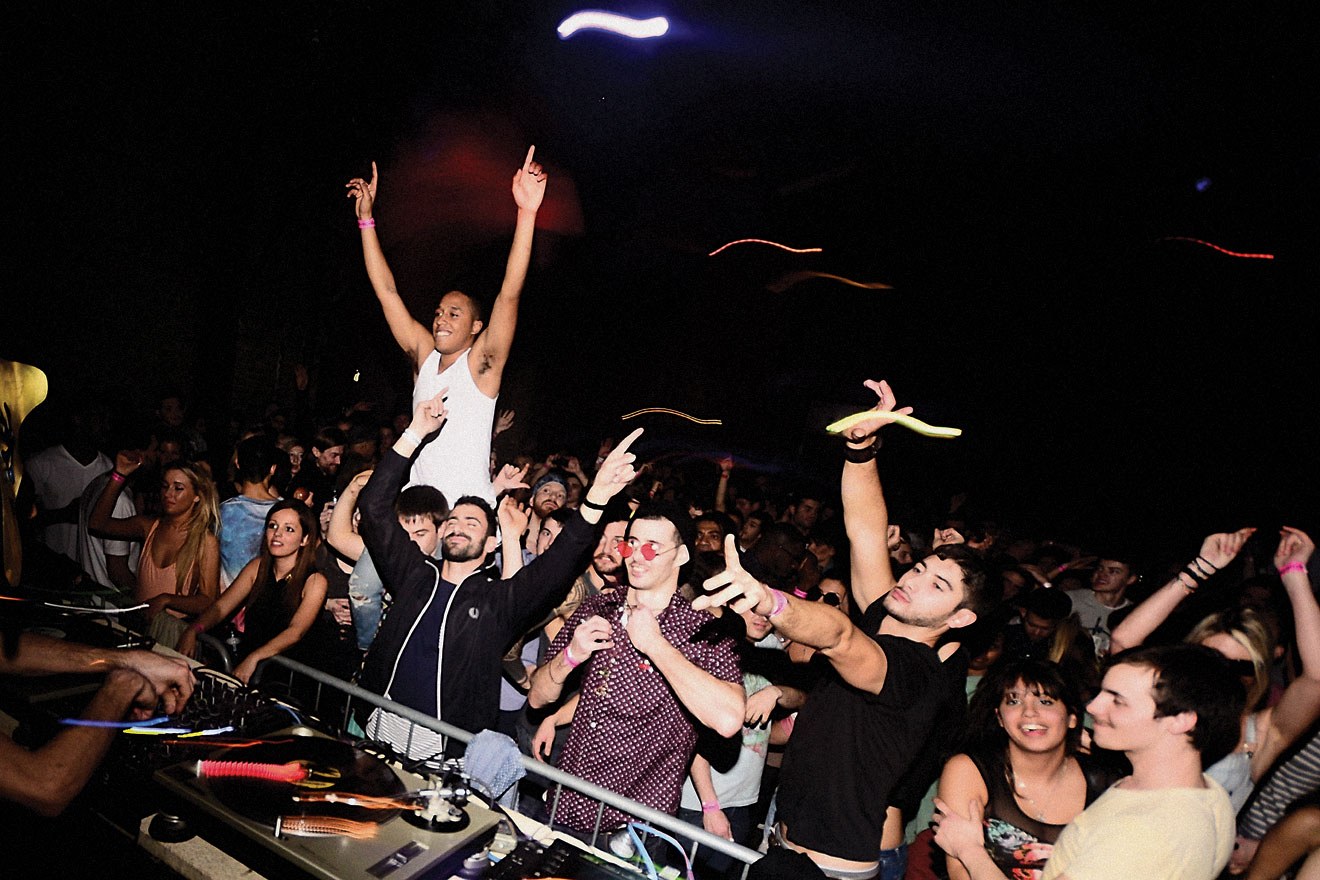
In 2007 the pair started a party called Circuit, which took place at Home Bar in Shoreditch every Saturday. After six months Circuit started to gain some momentum, packing out the tiny bar with 500 ravers every week, playing a mixture of deep and minimal house. “It was one of those places where people would go ‘for a couple of drinks’ and by 2am it would be going off; people banging on the ceiling, dancing on tables, chaos!,” Enzo explains. “We wanted to build something out of that and start a proper night because the energy was so good there.”
Keen to capitalise on the party’s popularity they moved Circuit to Sosho in Shoreditch, but the space didn’t lend itself to the vibe they were trying to nurture. “That’s where our biggest lesson came: don’t fix something that isn’t broken,” says Enzo. “It’s about understanding the fundamentals that make people come to your party.”
The final nail in the coffin for Circuit was the conception of its afters: Fuse. Carrying on the electricity theme, Fuse embodied all that was great about Circuit with the added benefit of an unbridled afterparty atmosphere where most people’s inhibitions had been eroded – if not banished completely – by a weekend of partying. Running from 10am to 10pm, it offered 12 hours of debauchery and gave Circuit fans a chance to recapture the Home Bar vibe. Its home, 93 Feet East, is in the heart of Brick Lane and the perfect place for a naughty Sunday carry-on. “There were no more than 100 people at the first one; I remember it being a collection of our friends and a load of weirdos,” Enzo laughs. “We were flyering on Brick Lane, so you can imagine the kind of people who were coming in; it was 10am on a Sunday morning, we had one security guard and it was free entry. It was an open door, slightly edgy and a bit raggo.”
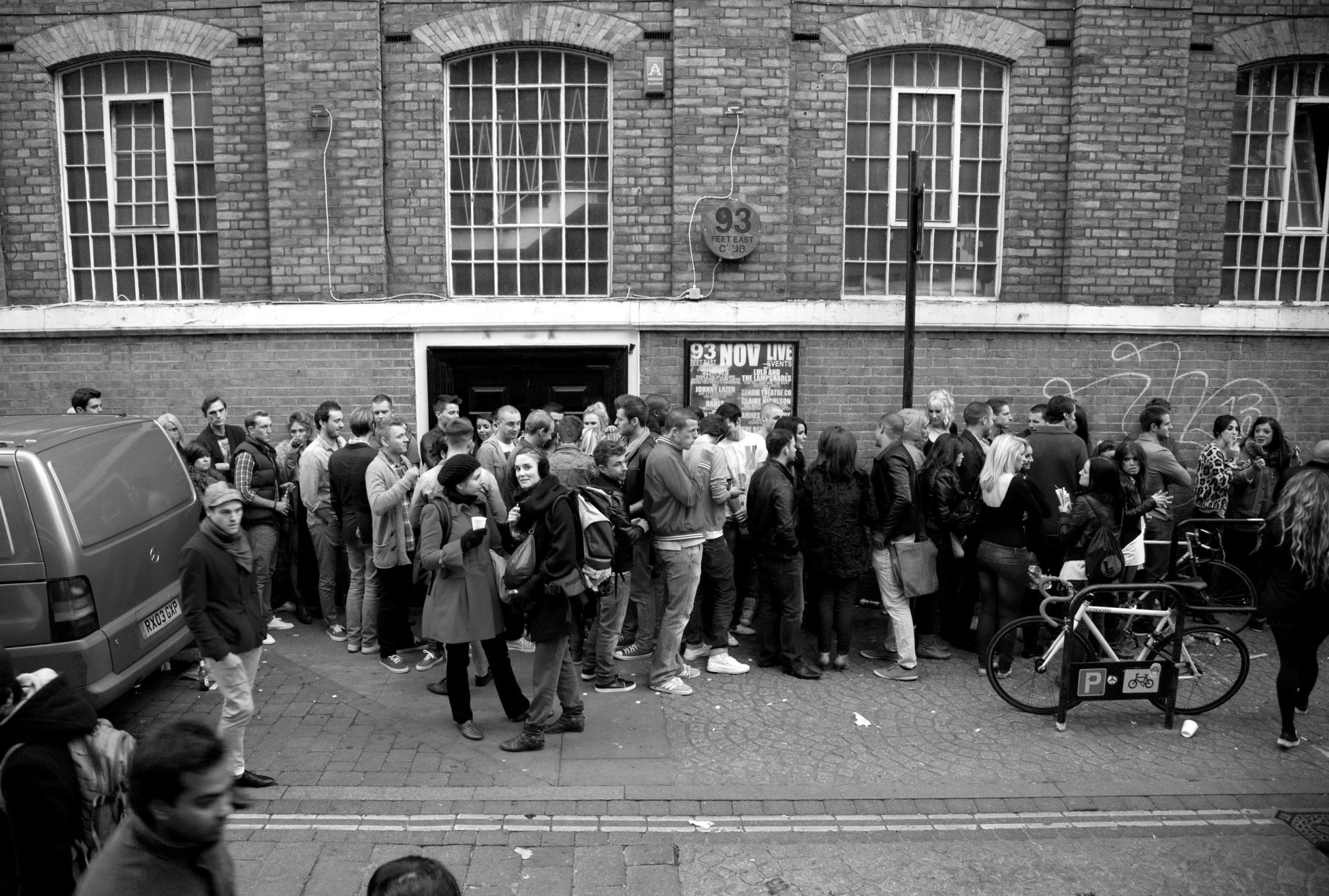
“It was very unrefined,” Tony adds. “People would come here either to keep warm or looking for a party.”
“The oddballs added something to the party, though,” says Enzo. “There was one guy who came religiously; he would body pop for three hours and then leave. He danced on the same spot, never spoke a word to anyone. Another guy used to come who was on day release from a halfway house round the corner; he’d be like, ‘I love it down here, I’m only allowed out on a Sunday!’ And there was this other guy who came in once and started putting posters of himself up on the walls. We just left him to it.”
“There was an old boy who used to come in with long white hair, a hat on, and a three-piece suit. He looked like he was from the 1940s or something,” Tony adds. “He’d come in, tap dance around the venue and leave. You don’t see those kind of people around there any more. It was a different time and you can’t fabricate that, it just happens.”
That random, unpredictable nature made Fuse an alluring place to be, an electrifying mix of people from all walks of life given the space to express themselves in a liberal, sometimes slightly intimidating place. The notorious Red Room and the courtyard became a hub for Sunday activity, and it wasn’t long before people were queuing down the street to get in.
Keeping the colourful characters in check was Fuse’s infamous door picker, Theresa Collins, who embodies an aspect of 90s London clubland that is rare to find today. Loved and feared in equal measure, she still works the door maintaining the equilibrium of the dancefloor, ensuring that Fuse is diverse and trouble-free as best she can. “Fuse is a small, intimate party and I’m here to preserve the diversity, and that friendly vibe.” she tells us. “I’m firm but fair.” For a decade Theresa has been intuitively curating a room full of music lovers, no matter what their background.

With Circuit sidelined, Tony and Enzo focused their energy on Fuse. “I felt this party in my core,” says Enzo. “It felt so special to me, it felt so right when I played, it was home. It was the same for all the crew who played as well, they were there religiously: Seb would be there from 10am to 10pm every week, same with Rich NXT. Rossko came every week for three years before he got a set; Archie was down all the time, too. They all felt it like I did. There was nowhere else like it, I’d never been anywhere like it in my life and I fucking raved hard throughout most of my life.”
The key residents were responsible for establishing what became known as the ‘Fuse sound’: mysterious, groovy and bass-heavy, with energetic percussion merging influences from d’n’b, garage and minimal house going back to jungle and hardcore, helping to reinforce its distinct identity and giving loyal Fuse followers something to latch on to. Once Enzo and the rest of the crew started producing, those elements formed the core of their productions and Fuse soon became a place where you could dance to music that you wouldn’t hear anywhere else, with set times never released so you had to be there from the start of the night.
Entry was free, which also played in their favour, coming at a time when the 2008 financial crisis had gripped the UK and few people were able to use their disposable income to buy tickets to raves every weekend. Meanwhile many of London’s keys clubs were closing, including Turnmills, The Cross and The Key, causing a vacuum at the centre of London’s party scene. All the ingredients were in place to get Fuse off to a strong start, and it soon became the place to be on a Sunday, with a weekly outpost at Delano’s in Ibiza. For two years Enzo would do Fuse on Sunday, then fly over to Ibiza to play the Tuesday event and back to London again for the following Sunday. “It was intense – we did 250 parties in under five years,” Tony says. “We were living it and learning a lot.”
Word got around, and soon they had people like Loco Dice asking to play there. Grandmaster Flash turned up one May Day Bank Holiday after appearing at the Brick Lane Festival; having been told that Fuse was the place to be, he spent some time in the booth as Dan Ghenacia got the party jumping back in 2012. In fact, Fuse’s dominance of Sundays in London has enticed many of the scene’s best-known faces; The Martinez Brothers usually pop in when they’re in town, Seth Troxler played one weekend after tweeting that he wanted to spin somewhere in London, and drum ’n’ bass heads like Grooverider and GQ pop up from time to time.

While the weekly club events allowed them to grow a community around the brand, infrequent one-off raves gave them the opportunity to do something on a larger scale, just as they’d experienced at The Sanctuary over 15 years before. “The first big rave we did was at Black Lotus Karate Club on Curtain Road, in the basement. It was so hot that condensation was dripping off the ceiling on to the decks so we put umbrellas up. All the residents took it in turns holding them over D’Julz as he was playing,” Enzo laughs.
In late 2012, disaster struck when 93 Feet East was hit by a huge police raid as part of Operation Condor. The drug bust took place on Friday December 7 and the club was closed down soon afterwards when Tower Hamlets council revoked their drinks and entertainment licence.
But it turned out to be a blessing in disguise, initiating a new era of Fuse. At Village Underground Tony and Enzo were presented with a blank canvas on which they could transpose all their experience from putting on hundreds of parties. They brought in their own sound technician, installed drapes across the ceiling to improve the acoustics, and transferred all the key components of the 93 Feet East party to a new space. “You had this abrupt end to the 93 Feet East era, people saying, ‘Fuse is finished, it’s not the same as it used to be’, but we attracted a whole new crowd who thought it was brilliant and we grew with a whole new generation of raver,” Enzo says. “Four years in, the crowd changed a bit, the sound changed and it grew into something new.”
Tony and Enzo now take Fuse around the world, but only to the right places. So far, they have included several key Ibiza locations: Delano’s, Sankeys and, most recently, Amnesia. Sonus Festival in Croatia also hosts an annual Fuse party, but for each of these events Tony and Enzo are fully involved in the production, with meticulous attention to detail in order to preserve that Fuse vibe.
Like the early raves at which Tony and Enzo first fell under the spell, Fuse is a place where a community comes together on a dancefloor united by the power of music. Ten years since they started, Tony and Enzo continue to gently guide their precious party brand into pastures new, when it feels right, with a staunch belief in what they created at 93 Feet East: a continuation of the spirit of 90s rave culture.
Fuse Faces

Enzo Siragusa
Resident, part-owner and label head for Fuse and Infuse, Enzo is the face of the party, launching it back in 2008 with his cousin Tony, with his own international profile as a DJ growing steadily along the way.
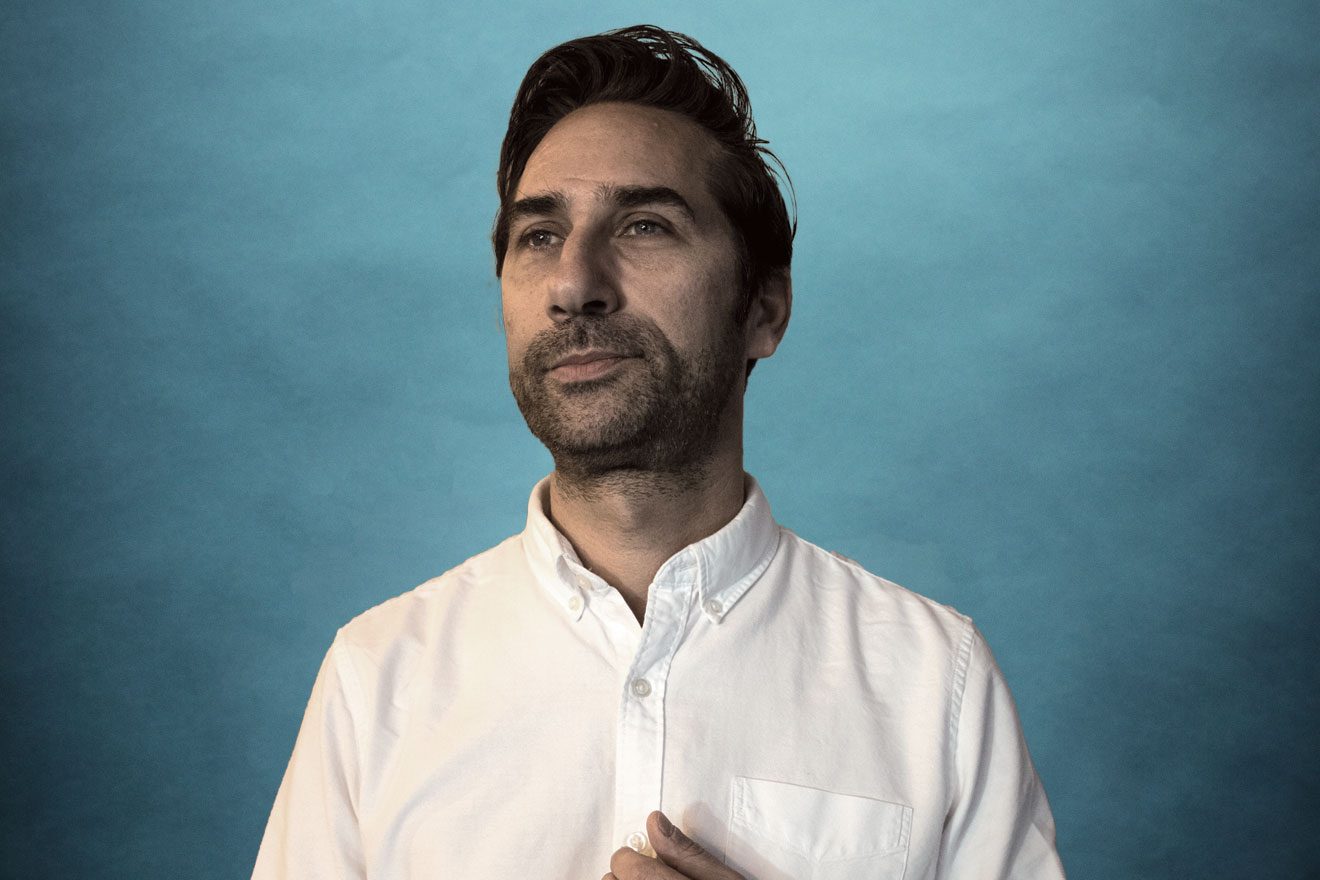
Tony Cannatella
Tony operates behind-the-scenes at Fuse, preferring to let the party do the talking.

Theresa Collins
One of London’s last remaining door pickers, the ‘firm but fair’ Theresa has been involved in London’s club scene since the mid-90s and met Enzo at DC10 in Ibiza.
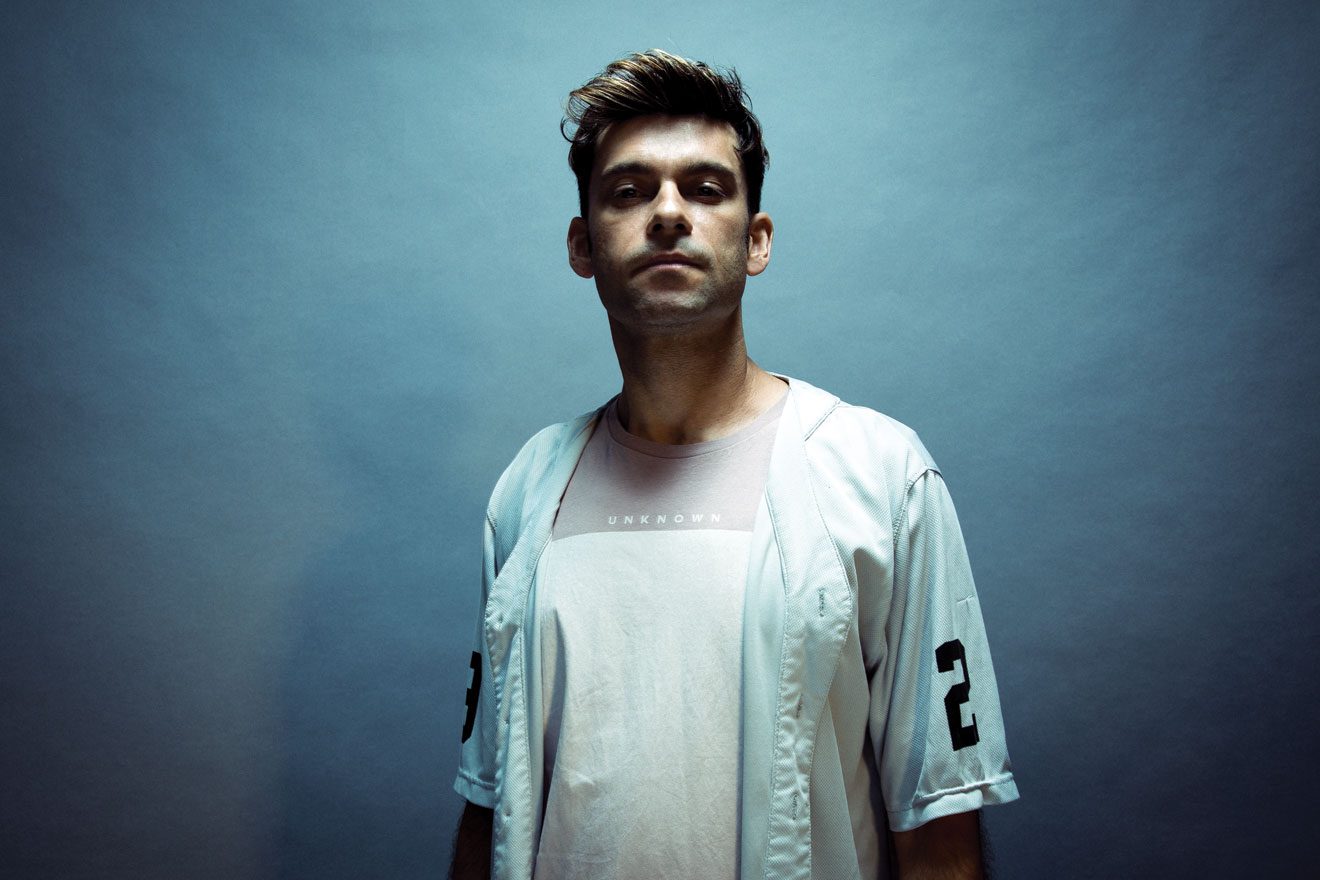
Rich NxT
A multi-instrumentalist who has been involved in London’s rave scene since the mid-2000s, a resident at Fuse since their second party and a big influence on their sound since then. Rich runs his own labels, NxT Records and What NxT.
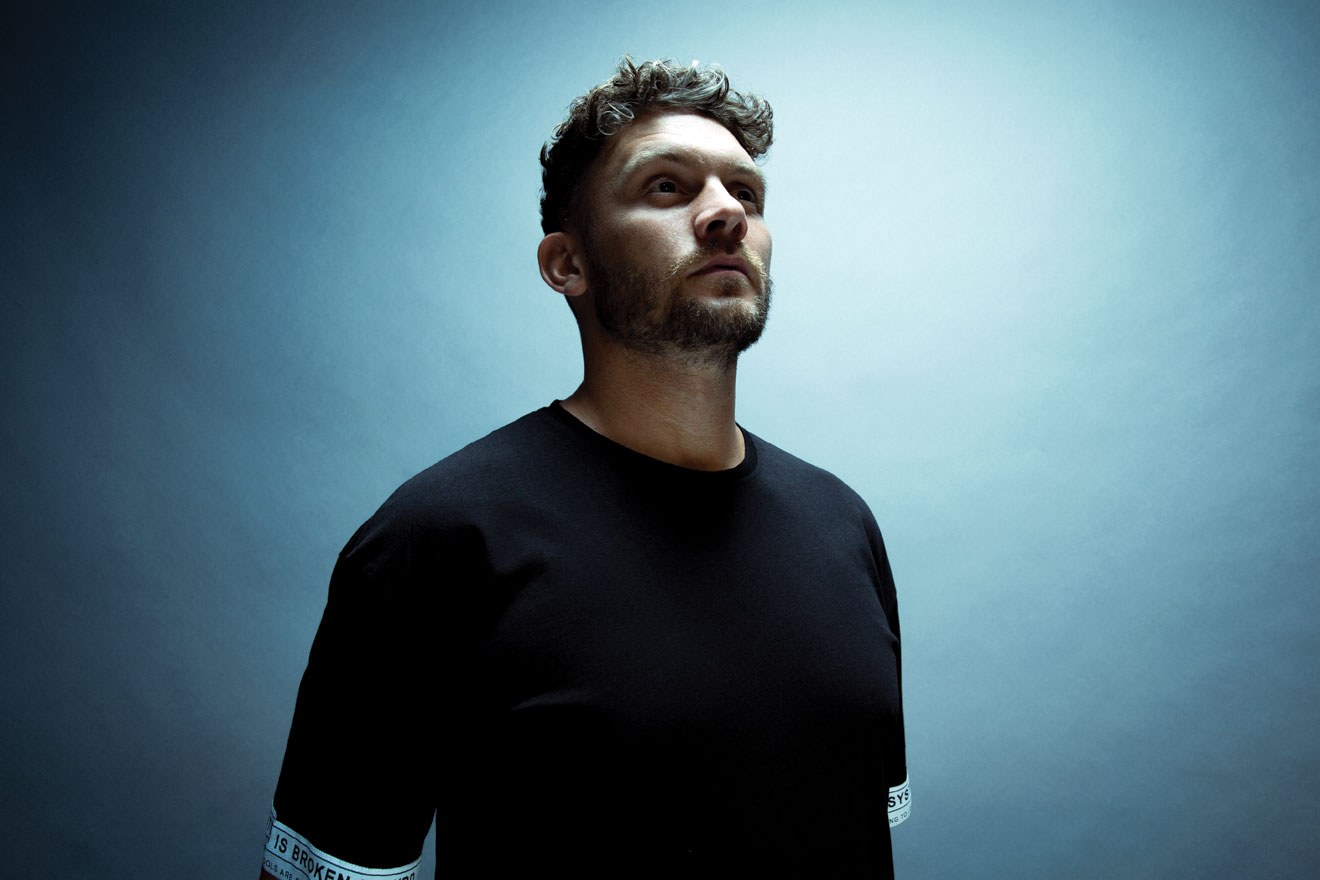
Rossko
Rossko started out as a grime/garage MC. He ran his own party Cerca Trova, while being a regular DJ at Circuit before joining Fuse three years later. He runs his own label Arkityp and is launching Late Night Skanking in 2019.
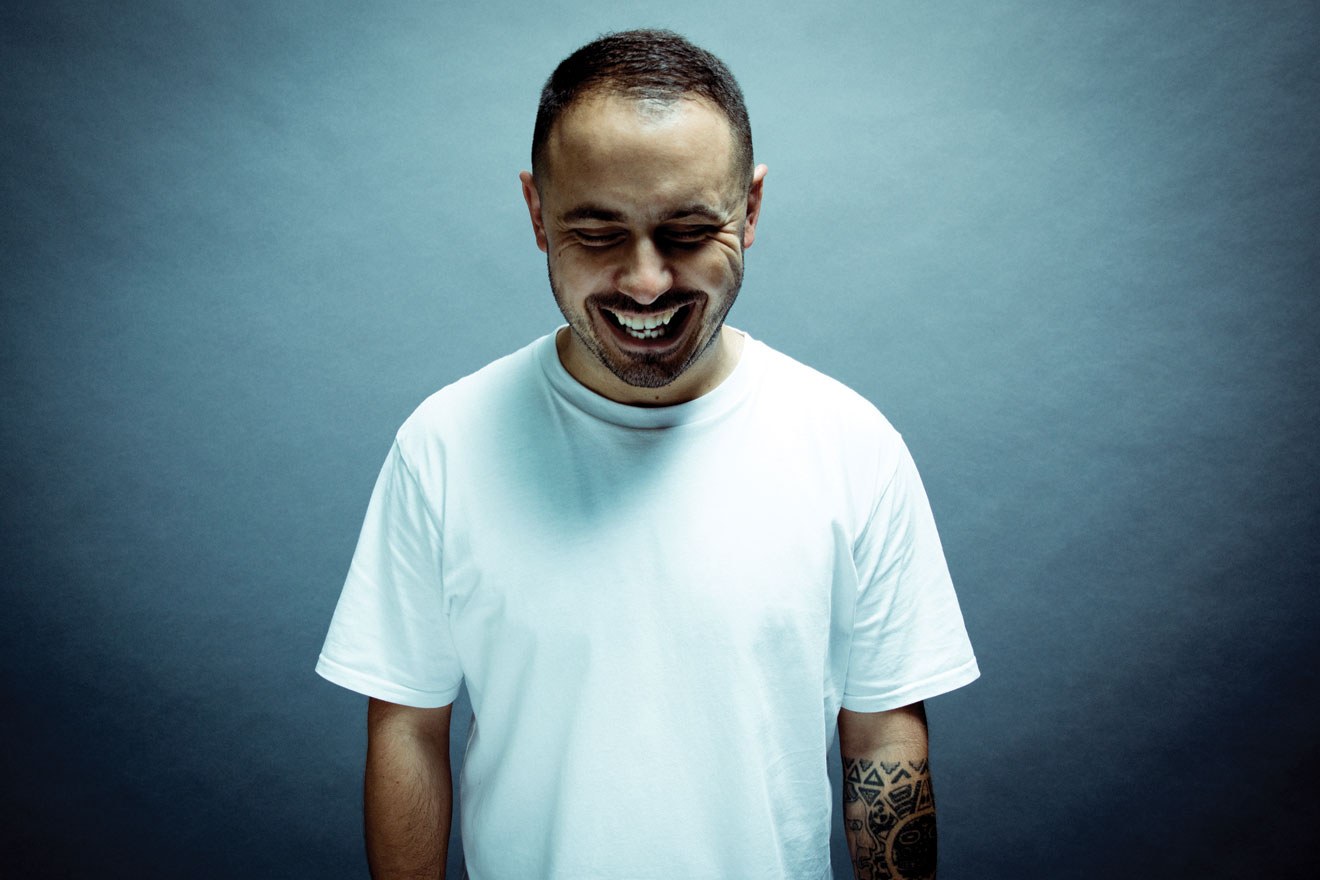
Seb Zito
A resident at Fuse since the second party and a core member of the team, 10 years on he’s still deeply committed to Fuse while also running his own label, Seven Dials.
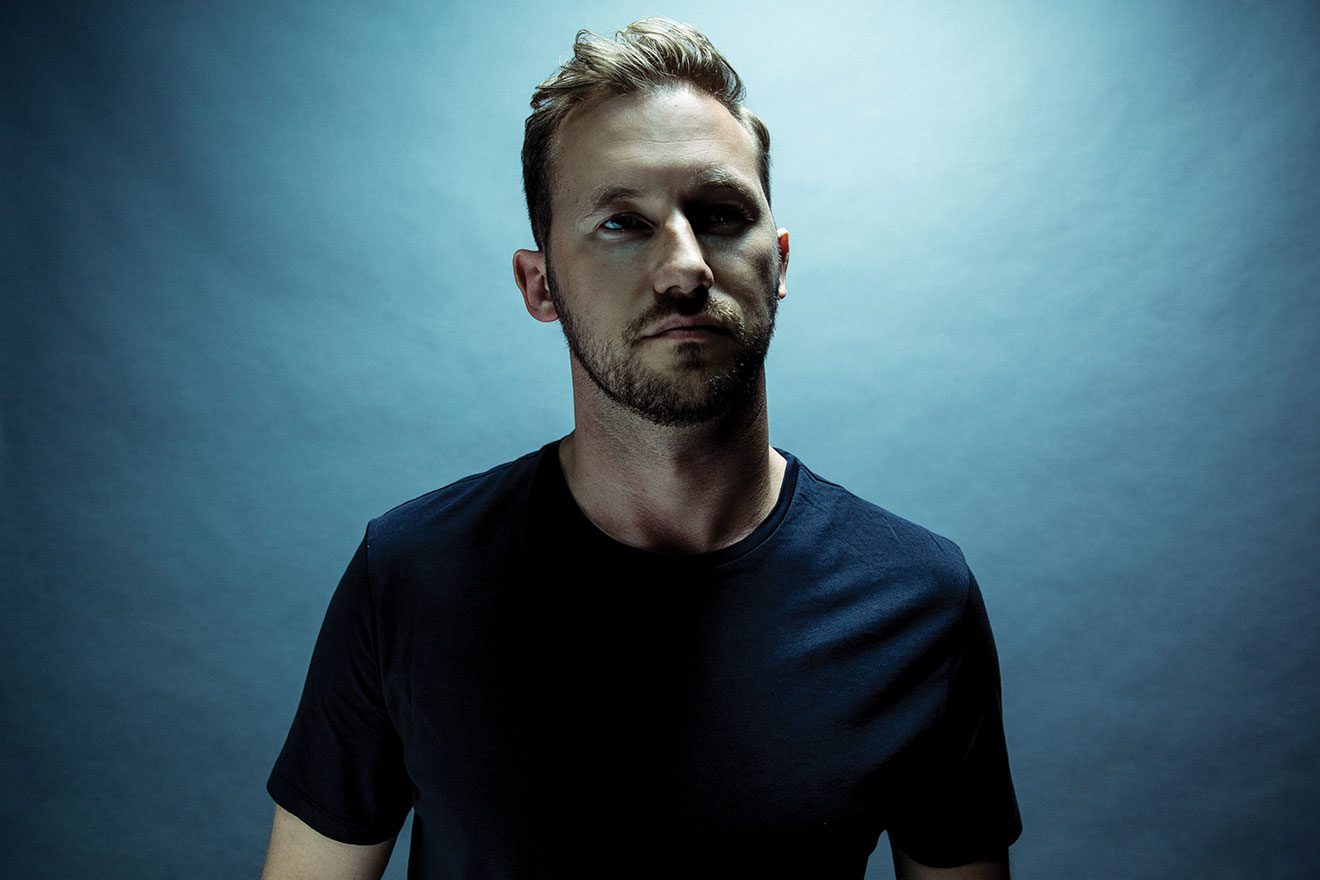
Archie Hamilton
A dedicated follower of Fuse since 2010, Archie once lived just five streets away from 93 Feet East in Brick Lane. He’s been a resident since 2013 and runs Moscow Records, Moss Co and Arkityp.
Fuse's 10th birthday continue in Bristol this week and North America in February next year

